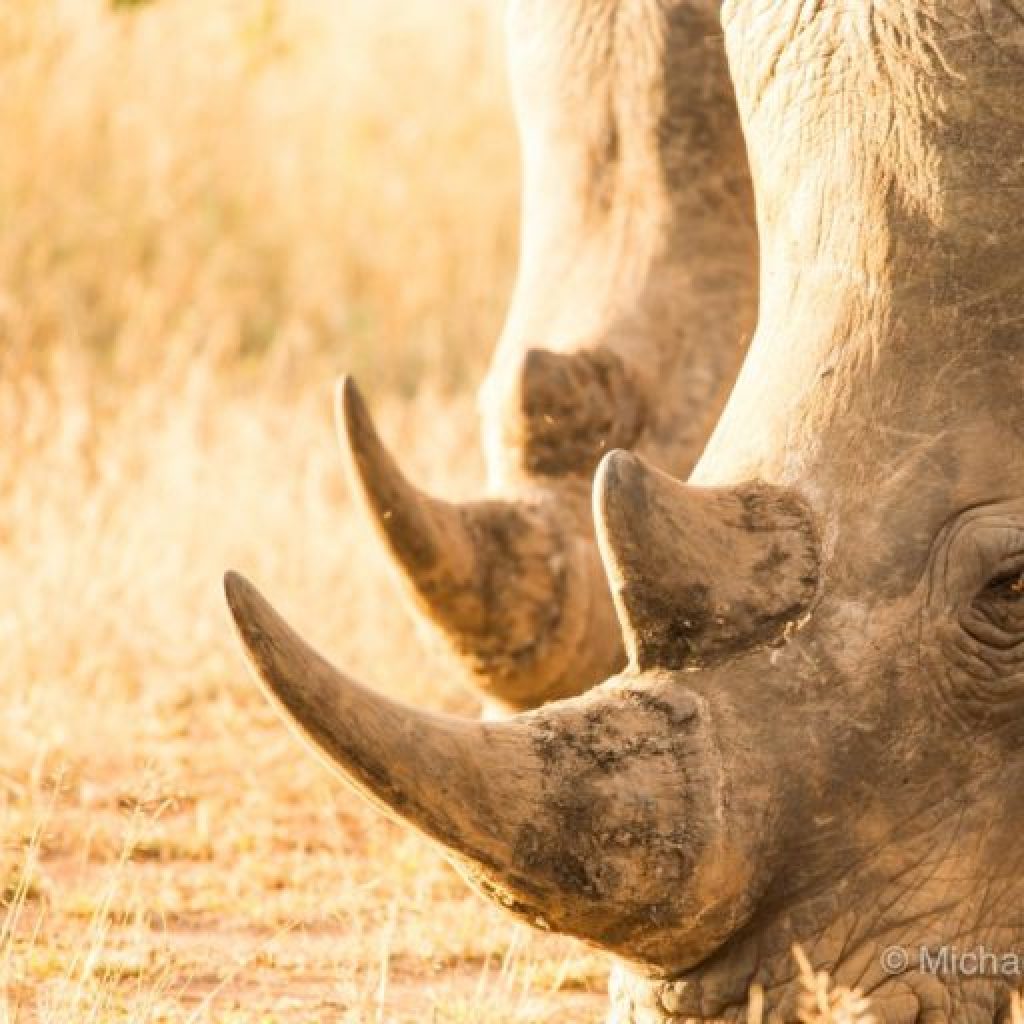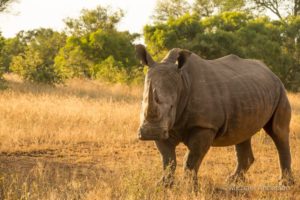
For many years now, the fate of rhinos around the world has seemed uncertain. And while their extinction in the wild is still a very real prospect, EcoTraining thinks it’s high time to point out rhino conservation success stories that need to be celebrated.
The Javan Rhino, native to Indonesia, is the most threatened of the five rhinoceros species with less than 70 individuals living only in Ujung Kulon National Park in the island of Java.
They are critically endangered. But thanks to the efforts of the many conservation teams, the population is increasing and they have now been successfully reintroduced to a second reserve adjacent to Ujung Kulon.
The Greater One-Horned Rhino of Nepal and India — which had seen numbers drop to near-extinction levels — has recovered to around 3,500 individuals thanks to improved protection and better management by the Indian and Nepalese wildlife authorities.
The number of Black Rhino (native to eastern and southern Africa) has dropped sharply due to hunting and poaching. But  the incredible work of teams around the world have created conditions where Black Rhino numbers have doubled in the last 20 years.
the incredible work of teams around the world have created conditions where Black Rhino numbers have doubled in the last 20 years.
The population of Southern White Rhino of southern Africa dropped to as little as 100 individuals in the latter half of the 20th century. But thanks to dedicated conservationists, the population now stands at an incredible 20,000 to 21,000 animals. Many NGO’s and conservation groups have banded together to relocate these animals to areas where they had been lost for generations and helped stabilize their population.
Although there are incredible challenges still being faced, the incidents of poaching within South Africa are slowly but steadily declining. This is due to the tireless efforts of not only the anti-poaching and conservation teams on the ground, but a global initiative to increase awareness and raise support for the cause.
But much work still needs to be done to reduce poaching all over the world. We must keep raising awareness and keep talking about the issue, highlighting both the negative aspects as well as the incredible success stories — and together continue to turn the tide on rhino survival.






About The Author: Jenna Farber
More posts by Jenna Farber